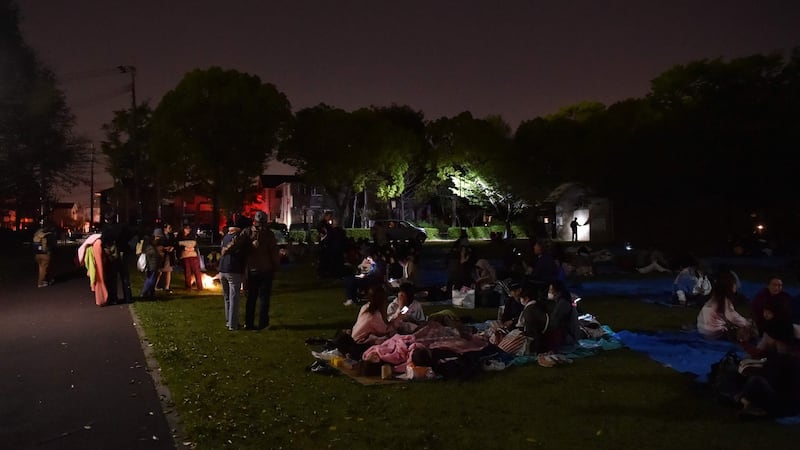A magnitude 7.3 earthquake has struck southern Japan, just over 24 hours after a quake killed nine people and injured at least 1,000 in the same area.
The Saturday quake triggered a tsunami advisory, although it was later lifted and no irregularities were reported at three nuclear power plants in the area, a senior government official said.
There were no immediate reports of casualties in the Saturday quake, but local media did say there had been fresh damage, including some collapsed buildings and cracked roads.

The epicentre of the quake was near the city of Kumamoto and measured at a shallow depth of 10km, the US Geological Survey said.
Prime minister Shinzo Abe, arriving at his office, told reporters the government was making every effort to determine the extent of the damage, carry out rescue and recovery and get accurate information to citizens.
The quake on Thursday evening in the same region was of 6.4 magnitude.
"Thursday's quake might have been a foreshock of this one," Shinji Toda, a professor at Tohoku University, told national broadcaster NHK.
The Japan Meteorological Agency initially said the Saturday quake was 7.1 magnitude but later revised it upwards to a 7.3.
Soon after the quake struck, the agency issued a tsunami advisory, which identifies the presence of a marine threat and asks people to leave coastal regions, for the Ariake and Yatsushiro seas.
NHK said the advisory suggested a possible wave of one metre in height. The advisory was later lifted.
Several aftershocks rattled the region later on Saturday morning, including two of nearly 6 magnitude, and the Meteorological Agency warned of more.
"We are making every effort to respond to this quake," chief cabinet secretary Yoshihide Suga told reporters.
He confirmed there were no problems at any of the three nuclear power plants in the region.
A magnitude 9 quake in March 2011, to the north of Tokyo, touched off a massive tsunami and nuclear meltdowns at Fukushima. Nearly 20,000 people were killed in the tsunami.
NHK quoted an official at a hospital near the epicentre as saying it had lost power after the Saturday quake and had to use generators.
Most of the casualties in the Thursday tremor came in the town of Mashiki, close to the epicentre, where several houses collapsed.
Japan is on the seismically active “ring of fire” around the Pacific Ocean and has building codes aimed at helping structures to withstand earthquakes.
The 2011 quake temporarily crippled part of Japan’s auto supply chain, but some companies have since adjusted the industry’s “Just in Time” production philosophy in a bid to limit any repeat of the costly disruption.
Reuters











